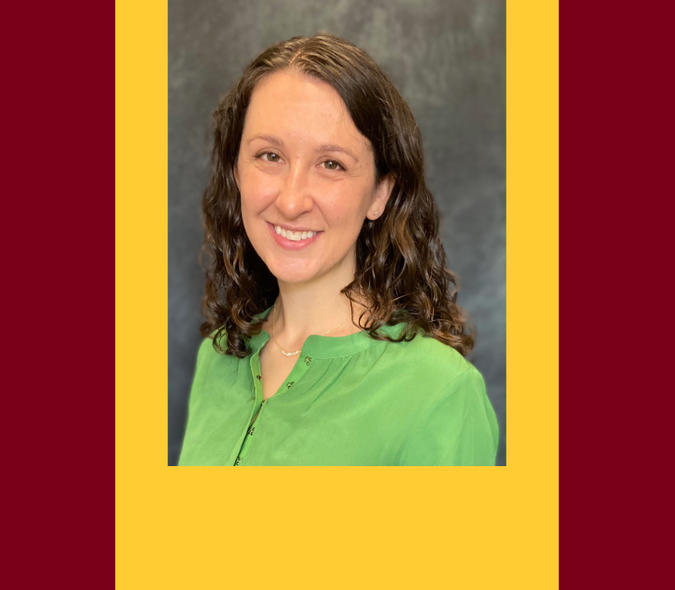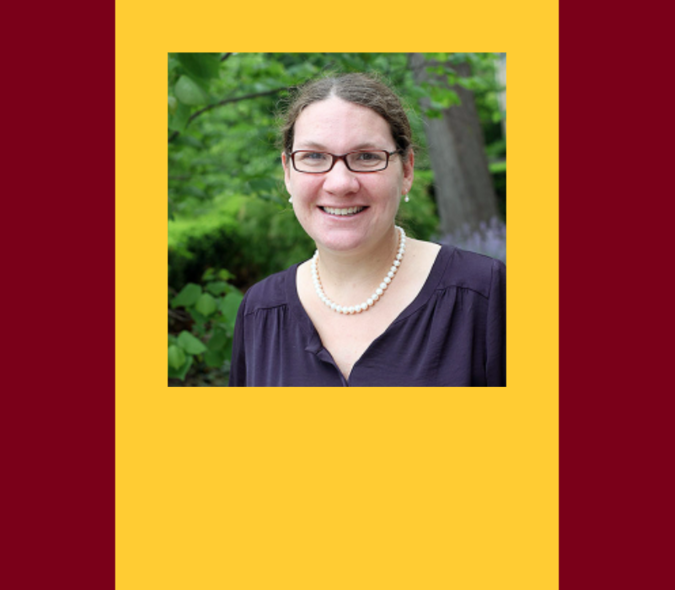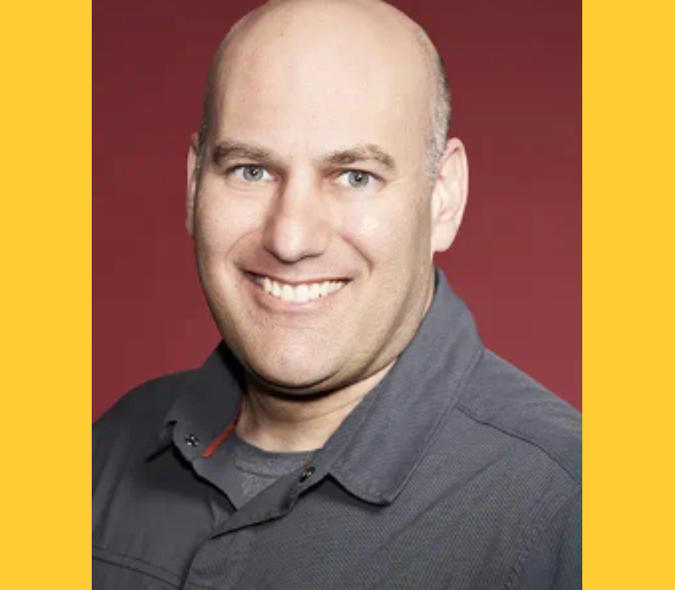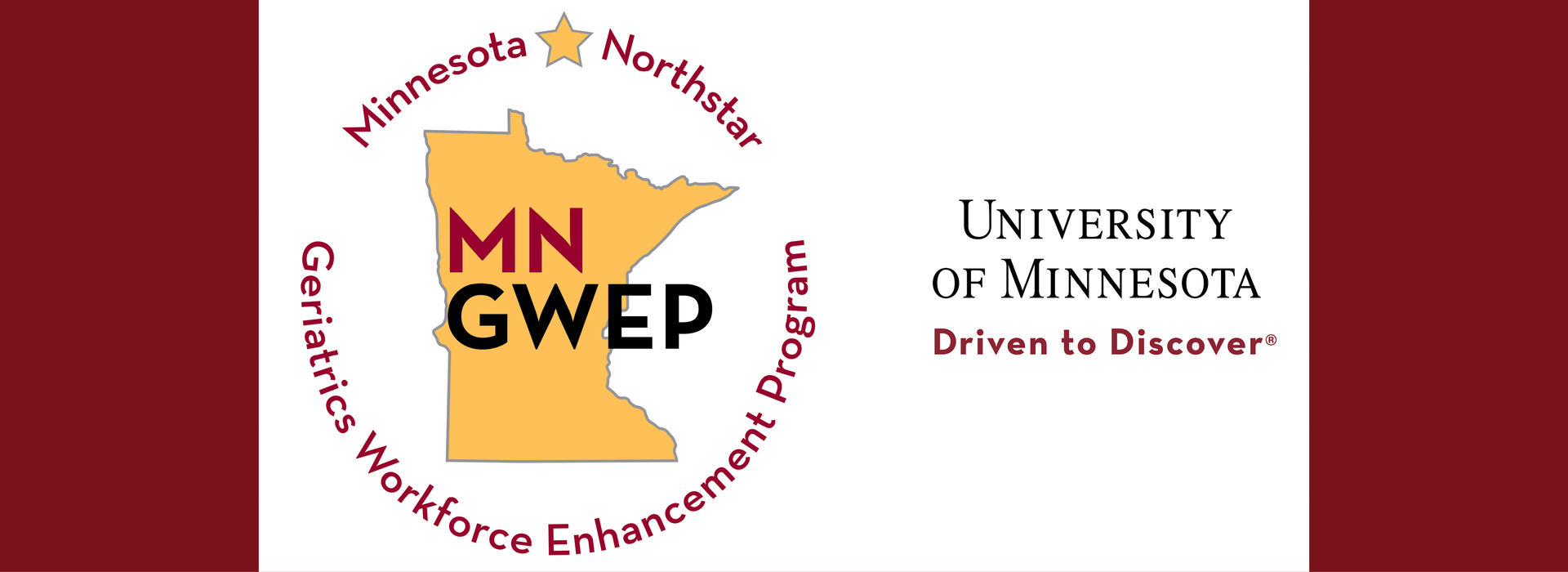
Minnesota Ranks Number One in Long-Term Support and Services: Recognizing Achievement While Bridging Equity Gaps
Minnesota is widely hailed as a great place to live: culturally vibrant, focused on health, and nationally recognized for how its long-term care facilities treat older adults and others needing support.
According to the latest edition of the Long-Term Support and Services State (LTSS) Scorecard, released this past fall, Minnesota ranks number one in long-term care and support nationwide for older adults. The LTSS State Scorecard takes a multi-dimensional approach to measure state-level performance of LTSS systems that assist older adults, people with physical disabilities, and family caregivers.
Minnesota's top ranking is partly a reflection of the work being done as part of the Minnesota Northstar Geriatrics Workforce Enhancement Program (GWEP), a five-year federally funded grant with a mission to improve the healthcare and health of older adults across Minnesota.
For insight into this achievement—and the health equity gaps we need to bridge—we spoke with Rajean Moone, PhD, LNHA, a member of the Minnesota Northstar GWEP Interprofessional Geriatrics Coordinating Council.
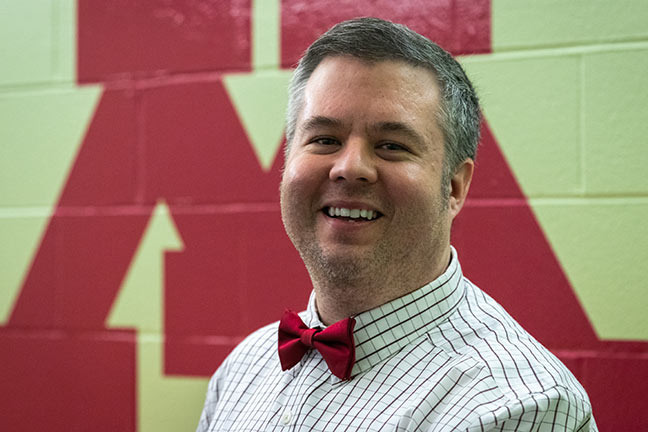
Could you please tell us why the Minnesota scores and long-term services and support is important to know about?
The long-term services and support state scorecard is prepared annually by a number of different organizations. AARP is the leading organization that people are probably most familiar with.
This scorecard helps take the pulse of each state across the country of where they are at in providing services to older adults and their family caregivers. We use this scorecard as a benchmark; it is very important for us to understand where we land in a number of different long-term care domains.
Another benefit of the scorecard is that it provides state and federal policy makers and consumers with information that helps them get a sense of their state's performance across multiple dimensions. We can also learn from other states and improve the lives of older adults, people with physical disabilities, and their families.
Could you tell us more about those domains that each state is measured against?
The scorecard rankings are developed based on five different yet interrelated domains. For each state, it looks at how affordable and accessible services are, such as whether people have a choice in what provider they want.
It also looks at quality of life and quality of care as well as supporting family caregivers. The final domain deals with how good we are with helping people transition between different settings. If someone has fallen and broken their hip and needs to move into a hospital, it considers how smooth that transition goes. Hopefully the patient would undergo rehabilitation and then transition back into their own home so they can return to their life.
How is the Minnesota Northstar GWEP work influencing our state's score?
The Minnesota Northstar GWEP, a five-year federally funded grant, is attempting to ensure that Minnesota is prepared to help people age in place and age well. One way we are doing that is by ensuring that health care providers have adequate knowledge and skills to work with a geriatric population.
After all, there are certain considerations being made when working with an older person in comparison to other stages in one's life. Just like we have pediatricians that specialize in children's health, a geriatrician specializes in the health of older people. With our Minnesota Northstar GWEP work, we are striving to increase the knowledge and skill of clinicians who work with older adults. One of the primary ways we're doing that is by helping people understand what it means to be an Age-Friendly Health System.
The Minnesota Northstar GWEP is only in its second year, so we still have work to do. But it is encouraging to see how much progress we are already making.
What else should we know regarding Minnesota's rank in long-term support?
Minnesota is certainly a great place to age. We can see that not just in the scorecard but in the number of national awards we have won for our work in serving older adults, families, and caregivers. However, while Minnesota has consistently been in the top with regard to this national ranking, there is also a challenge and an opportunity that we must focus on.
The experience of aging well across all domains isn't true for all of our communities. Minnesota has some of the worst disparities nationally between BIPOC and LGBTQ communities compared to their peers. For that reason, it is vitally important for us to also focus on mitigating and eliminating those disparities so that everyone can say that Minnesota is a great place to age well.
What are we doing to reach these communities?
The Minnesota Northstar GWEP is consciously tackling this challenge by forming strategic partnerships to reach communities. One example of this is that two primary care clinics—M Health Fairview Clinic - Smiley's and University of Minnesota's Community-University Health Care Center (CUHCC)—were recently recognized by the IHI as Age-Friendly Health System Participants. CUHCC is a community health center that offers low-income families in South Minneapolis a range of primary care services. Smiley's provides a similar wide range of primary care services to an ethnically and socioeconomically diverse patient population including immigrants and underserved populations.
In addition, we are doing a great deal of work in the Cedar Riverside neighborhood of Minneapolis. An effort to expand an already-existing site at Cedar Riverside in collaboration with M Health Fairview has already helped the community. Jim Pacala, MD, MS—the principal investigator for the Minnesota Northstar GWEP—received grant funding from the CARES Act through the U.S. Health Resources and Services Administration (HRSA) and also from UCare to hire Asha Hassan, a registered nurse who will manage the Cedar Hub. Asha's focus at this location will be on geriatric care and COVID care for existing Smiley's patients.
We really need to focus on this as an amazing opportunity. We are faced with a significant challenge, and we have the ability to innovate and to think creatively and come up with new solutions. And that's what the Minnesota Northstar GWEP is allowing us to do.
Where do you think Minnesota is in terms of healthy aging overall?
A goal of the Minnesota Northstar GWEP is to facilitate and strengthen meaningful support and collaboration of key partners in the geriatrics field. The state of Minnesota has a particularly robust network of Age-Friendly efforts. The University of Minnesota and eight community partners are working to provide greater access to community education in aging and dementia, improve geriatrics training in health professions, and transform primary care clinical training and practice sites to provide Age-Friendly care.
This is the best time to be involved in healthy aging at the University of Minnesota, and the creation of our GWEP has a lot to do with that. We are in building mode, and it is exciting to see.
Learn more about the goals and projects of the Minnesota Northstar GWEP by visiting the website.
